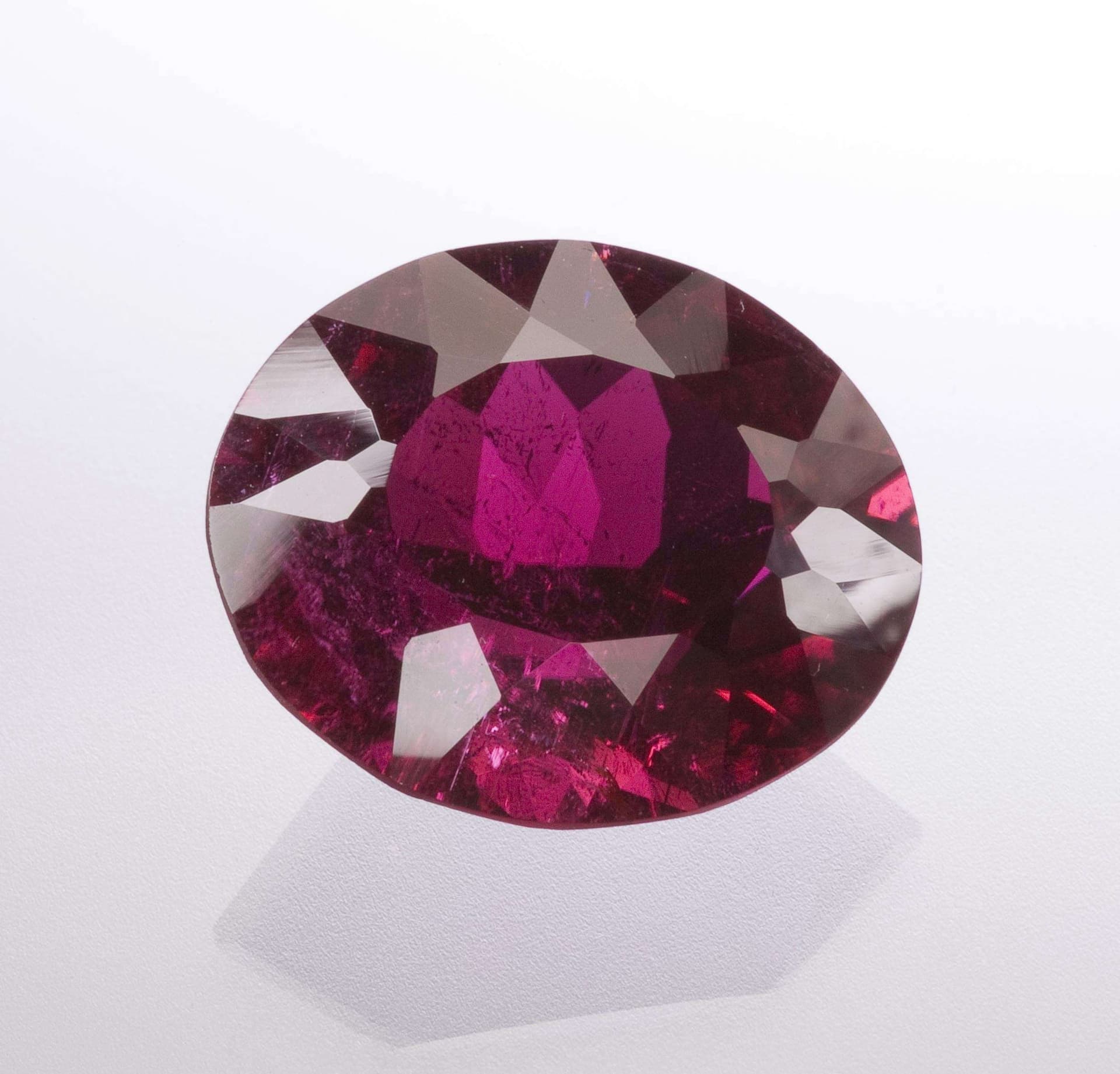
Inclusion Management and Gemstone Faceting
Inclusion management is one of the most challenging aspects of gemstone faceting. Learn when to remove and when to keep inclusions.
6 Minute Read
When dealing with included gemstones, faceters have to estimate two things:
- The value a gem will lose by leaving in an inclusion
- The value a gem will lose if you remove an inclusion
You’ll have to make a choice: remove it or leave it.
Despite the impulse to just cut away the inclusion, many times, leaving it in a gem is the least costly inclusion management solution, both in terms of labor and the value of the finished gem. To make your decision, you’ll need to consider the inclusion type and both its visibility and location.
Types of Inclusions
An inclusion is anything that will interfere with the free passage of light. Although these are often solid materials, you may also face fractures and veils — partially healed internal fractures similar to fingerprints. The type of inclusion will make a difference in inclusion management.
Fractures
Faceters frequently leave fractured areas in emeralds and diamonds. However, this is rarely acceptable in other gems.
Fractures represent a weak area in the gem that’s prone to breakage. In almost every case, you should remove fractures from your rough. You should leave a fracture in a gem only on the very rare…
Related Articles
Transferring Heat Sensitive Stone to New Dop
Peridot Polishing Survey Results
Cubic Zirconia Polishing Survey Results
The Questionable Andesine Story
Latest Articles
800 Years of Mogok: A Celebration in Tenuous Times
What is the Average Gemstone Faceting Yield?
Pyroxmangite Value, Price, and Jewelry Information
How to Identify Emerald Simulants and Synthetics
Never Stop Learning
When you join the IGS community, you get trusted diamond & gemstone information when you need it.
